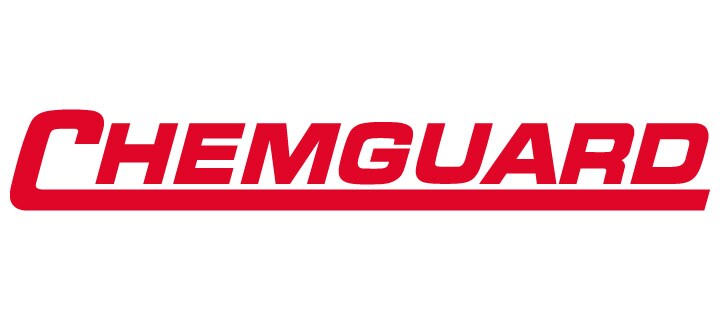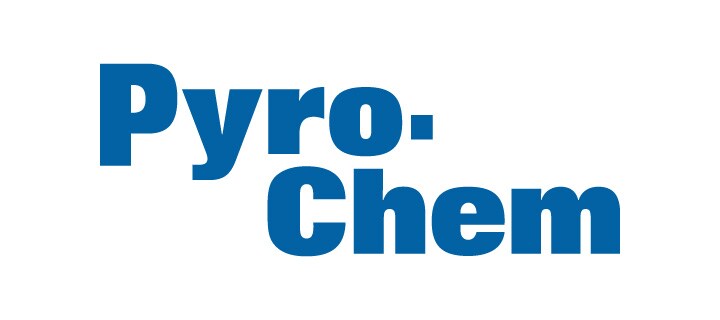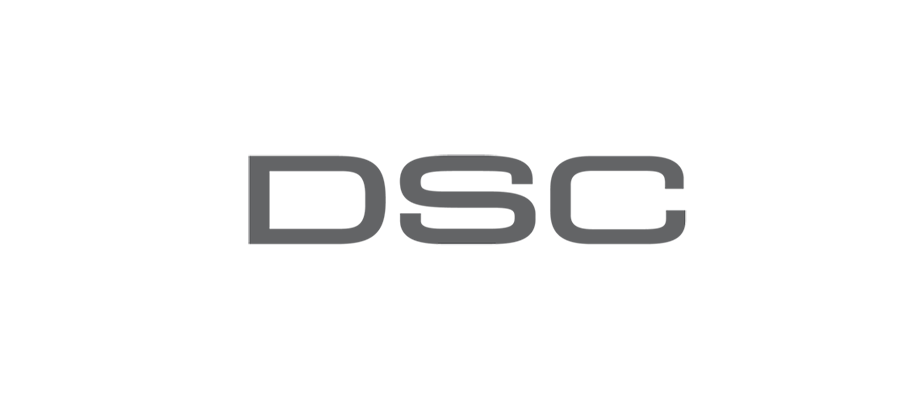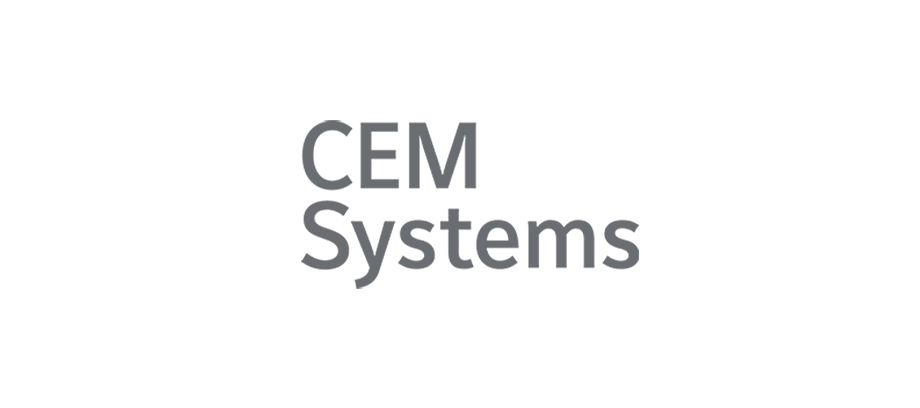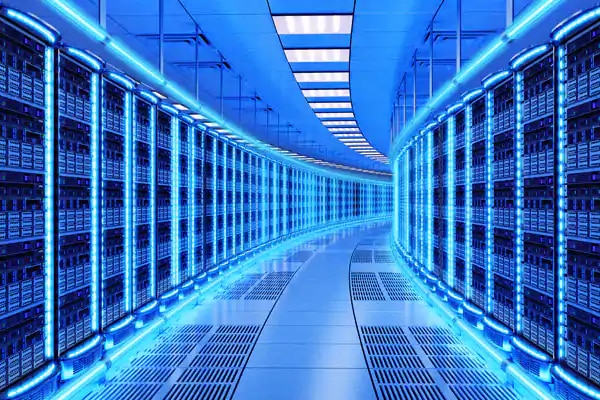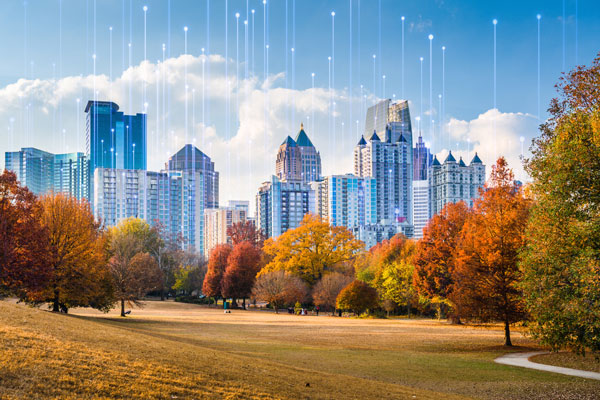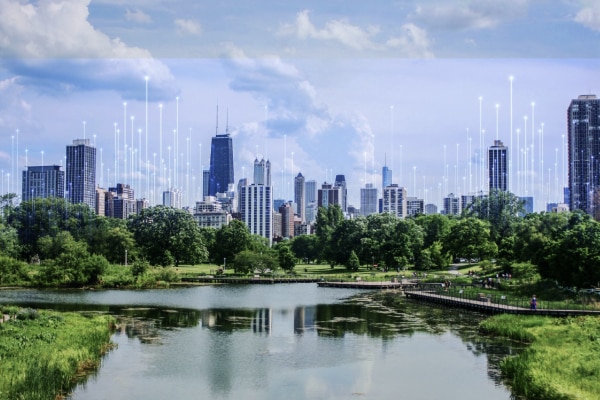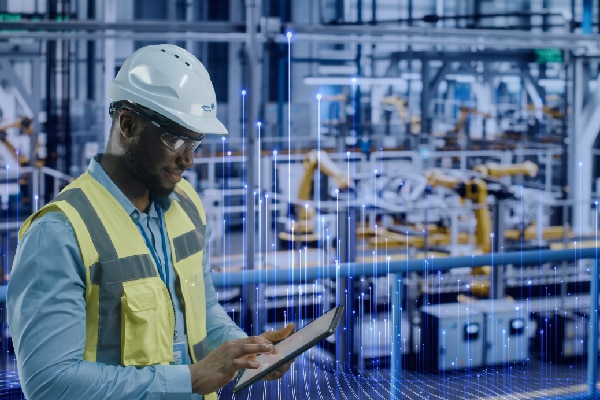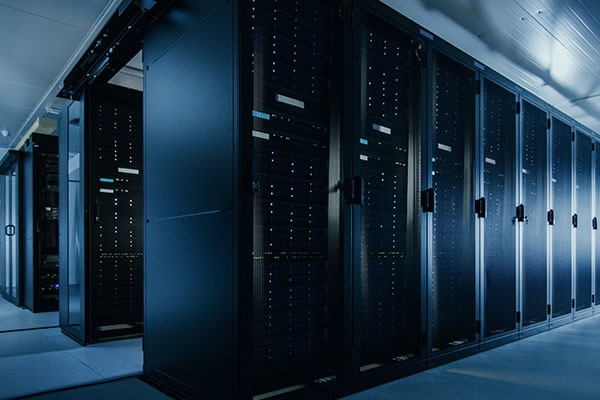Transforming Green Buildings Into Intelligent Buildings
The Environmental Protection Agency (EPA) defines a green building as "the practice of creating structures and using processes that are environmentally and resource-efficient throughout a building’s lifecycle from siting to design, construction, operation, maintenance, renovation, and deconstruction." This holistic approach ensures that buildings are designed and operated with minimal environmental impact.
Sustainable design has been a cornerstone of architecture for centuries. Historically, builders employed passive design strategies - such as natural ventilation, strategic orientation, and thermal mass - to create comfortable living spaces in harmony with their surroundings. While many modern structures incorporate these sustainable elements, others lag, appearing outdated compared to their eco-friendly counterparts.
As the UK strives toward its Net Zero emissions target by 2050, the evolution of technology offers a pathway to enhance the sustainability of green buildings. The integration of intelligent building systems can propel these structures to new heights of efficiency and environmental stewardship.
The Imperative for Intelligent Building Integration
Advancements in artificial intelligence (AI) and machine learning have revolutionised building management. By embedding intelligent building technologies into green structures, several benefits emerge:
- Optimised energy usage: Intelligent systems analyse real-time data to adjust heating, ventilation, and air conditioning (HVAC) operations, ensuring energy is used only when necessary. This precision leads to significant cost savings and a reduced carbon footprint.
- Enhanced occupant experience: smart technologies monitor and regulate indoor environmental factors - such as temperature, air quality, and lighting - to maintain optimal comfort levels. This adaptability fosters increased productivity and well-being among occupants.
- Elevated organisational reputation: embracing intelligent building solutions signals a company's dedication to environmental responsibility. This commitment can enhance brand image and position the organisation as a leader in sustainability initiatives.
- Diminished environmental impact: smart systems fine-tune building operations, reducing reliance on natural resources and minimising waste. This efficiency contributes to a smaller ecological footprint.
- Alignment with national climate objectives: intelligent buildings are pivotal in achieving the UK's Net Zero goals. Their energy-efficient operations support national efforts to curb carbon emissions.
Technologies Powering Intelligent Buildings
The fusion of the Internet of Things (IoT) and big data analytics forms the backbone of intelligent buildings. These technologies enable continuous monitoring and management of building systems:
- IoT integration: sensors and connected devices collect data on various parameters, from occupancy levels to energy consumption. This information allows for real-time adjustments and predictive maintenance, ensuring systems operate at peak efficiency.
- Big Data analytics: By processing vast amounts of data, analytics platforms identify patterns and trends. This insight facilitates informed decision-making, optimising resource allocation and enhancing operational performance.
- AI-driven automation: Artificial intelligence algorithms learn from data inputs to automate building systems. For instance, AI can predict temperature fluctuations and adjust HVAC settings accordingly, maintaining comfort while conserving energy.
Implementing Intelligent Technologies in Green Buildings
Transitioning a green building into an intelligent one involves several strategic steps:
- Assessment of current systems: Evaluate existing building infrastructure to identify areas where intelligent technologies can be integrated or upgraded.
- Stakeholder engagement: Collaborate with building occupants, facility managers, and technology providers to ensure the solutions meet user needs and operational goals.
- Phased implementation: Roll out intelligent systems in stages, allowing for testing and optimisation before full-scale deployment.
- Continuous monitoring and adaptation: Utilise data analytics to monitor system performance and make necessary adjustments, ensuring the building operates at optimal efficiency.
The Future of Intelligent Green Buildings
The integration of intelligent technologies into green buildings is not merely a trend, but a necessity in the pursuit of sustainability and operational excellence. As technology continues to advance, the capabilities of smart buildings will expand, offering even greater benefits in energy efficiency, occupant comfort, and environmental impact.
By embracing these innovations, businesses can position themselves at the forefront of the green building movement, leading the way toward a more sustainable and intelligent future.
Johnson Controls: Pioneering Intelligent Building Solutions
As a global leader in intelligent building innovation, Johnson Controls offers a comprehensive suite of technologies designed to transform traditional structures into smart, sustainable environments. Our approach centres on three core pillars:
- Efficiency: Implementing solutions that reduce energy consumption and operational costs.
- Electrification: Transitioning to electric-powered systems to decrease reliance on fossil fuels.
- Digitalisation: Utilising digital tools and platforms to enhance building management and performance.
Our OpenBlue platform exemplifies our commitment to intelligent building solutions. This suite of connected technologies integrates IoT devices, AI, and data analytics to provide real-time insights and control over building operations. By adopting OpenBlue, building managers can achieve:
- Proactive maintenance: Predictive analytics identify potential system failures before they occur, reducing downtime and maintenance costs.
- Space optimisation: Data on occupancy patterns informs space utilisation strategies, ensuring areas are used efficiently and effectively.
- Enhanced security: Integrated security systems monitor and respond to potential threats, safeguarding occupants and assets.
You can learn more about our intelligent building solutions by visiting our smart buildings and building automation and controls pages, or get in touch with one of our team below.





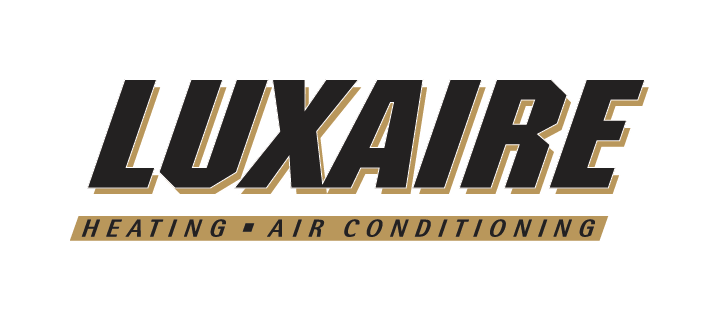











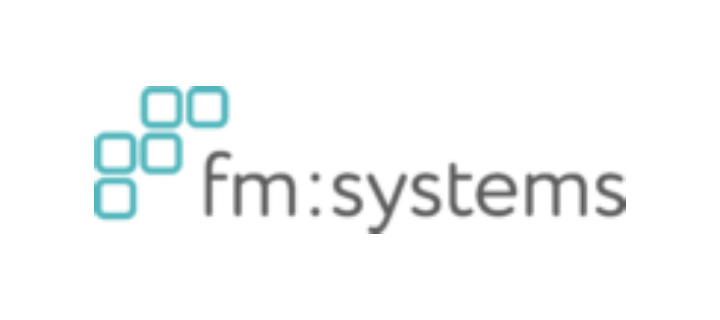







.png?la=en&h=70&w=157&hash=717A494A27ED61C45CEF95AC3A9C6309)

